 This debut album from Danish artist/multi-instrumentalist Cecilie "Cisser" Mæhl is easily one of the strongest releases from Berlin's Sonic Pieces in recent memory. Mæhl has already carved out an impressively distinctive niche. Innemuseum first began taking shape in the summer of 2019 when Mæhl made a bunch of field recordings while working at a mountain lodge in Norway (though those recordings would ultimately become a very small part of the puzzle). After moving to Oslo, she rented a studio space and eventually met some inspiring people who helped guide her towards realizing her unconventional vision (Jenny Hval, Stephan Mathieu, and the increasingly ubiquitous and versatile Lasse Marhaug). The involvement of the latter was especially surprising for me, as this album has the intimate feel of a bedroom chamber pop masterpiece conjured from little more than a violin, a drum machine, and an ancient piano, which is generally not where I expect someone from Testicle Hazard to turn up. That said, the homespun, elegantly minimal feel of these pieces is presented in beautifully detailed, crystalline clarity, which is presumably where the Marhaug magic came into play. I suspect this album would still be quite good even if submerged in tape hiss and murk, as Mæhl has a lovely voice and plenty of great ideas, but the fact that these otherwise hushed songs explode in vivid color beautifully elevates Innemuseum to another level altogether.
This debut album from Danish artist/multi-instrumentalist Cecilie "Cisser" Mæhl is easily one of the strongest releases from Berlin's Sonic Pieces in recent memory. Mæhl has already carved out an impressively distinctive niche. Innemuseum first began taking shape in the summer of 2019 when Mæhl made a bunch of field recordings while working at a mountain lodge in Norway (though those recordings would ultimately become a very small part of the puzzle). After moving to Oslo, she rented a studio space and eventually met some inspiring people who helped guide her towards realizing her unconventional vision (Jenny Hval, Stephan Mathieu, and the increasingly ubiquitous and versatile Lasse Marhaug). The involvement of the latter was especially surprising for me, as this album has the intimate feel of a bedroom chamber pop masterpiece conjured from little more than a violin, a drum machine, and an ancient piano, which is generally not where I expect someone from Testicle Hazard to turn up. That said, the homespun, elegantly minimal feel of these pieces is presented in beautifully detailed, crystalline clarity, which is presumably where the Marhaug magic came into play. I suspect this album would still be quite good even if submerged in tape hiss and murk, as Mæhl has a lovely voice and plenty of great ideas, but the fact that these otherwise hushed songs explode in vivid color beautifully elevates Innemuseum to another level altogether.
The opening "Menneskeaftryk" kicks off the album in strikingly lovely fashion, as Mæhl sensuously sings in Dutch over a backdrop of muted arpeggios that fitfully blossoms into swooningly romantic orchestral swells. The following "Små Ting" is similarly stellar, as a shuffling drum machine groove propels Mæhl's playfully dancing melody into a realm somewhere between a seductive cabaret performance and the "haunted fairytale" aesthetic of Brannten Schnüre. While both pieces succeed primarily due to the strength of Mæhl's melodies and the charisma and soul of her vocal performance, there are a number of interesting compositional and production nuances that make them stand out even further. The big one is that Mæhl's vocals (and presumably several of the instruments as well) are close-mic'd, which gives every piece a sense of intimacy and physical presence, but there is an organic fluidity to the vocal melodies that feels wonderfully spontaneous and alive as well.


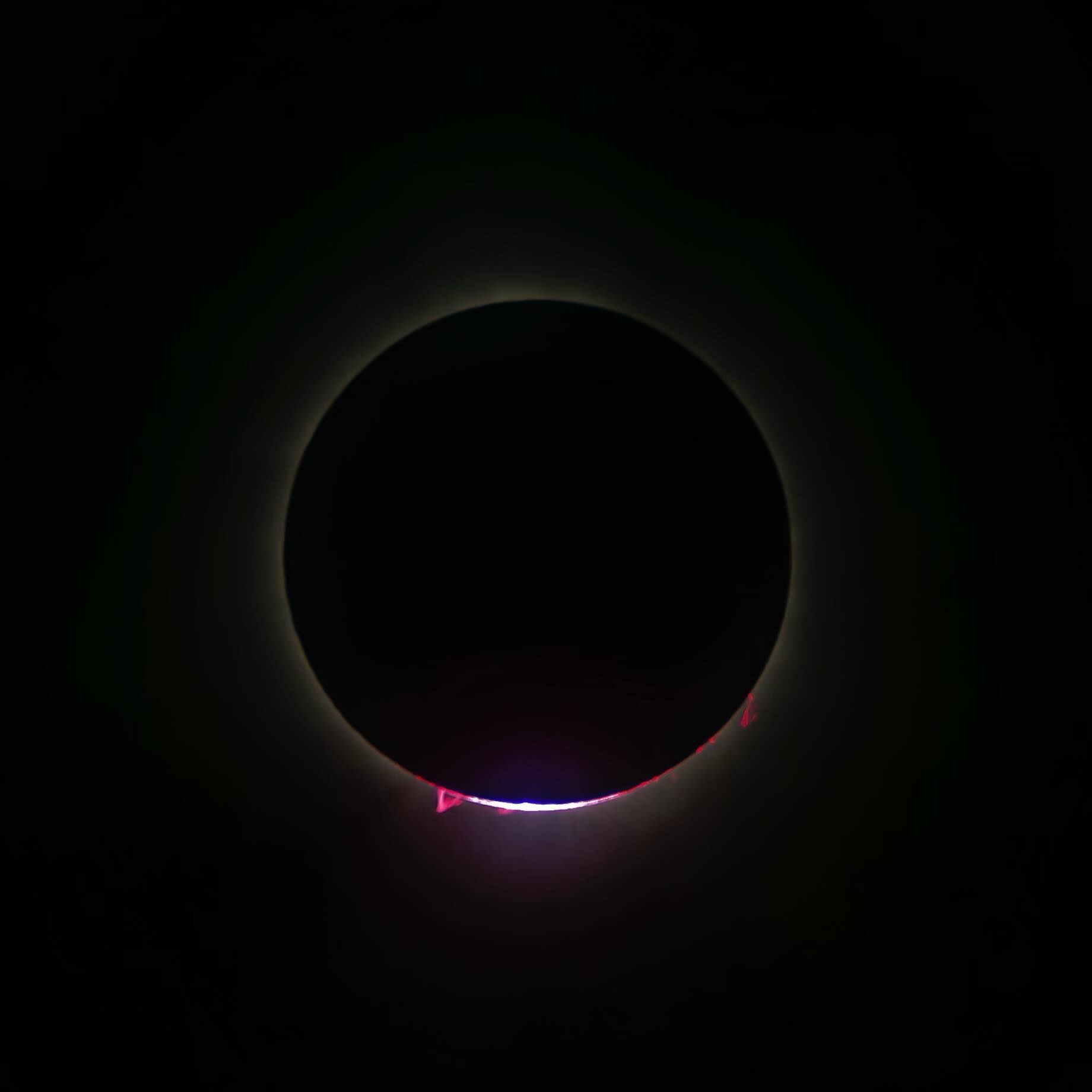
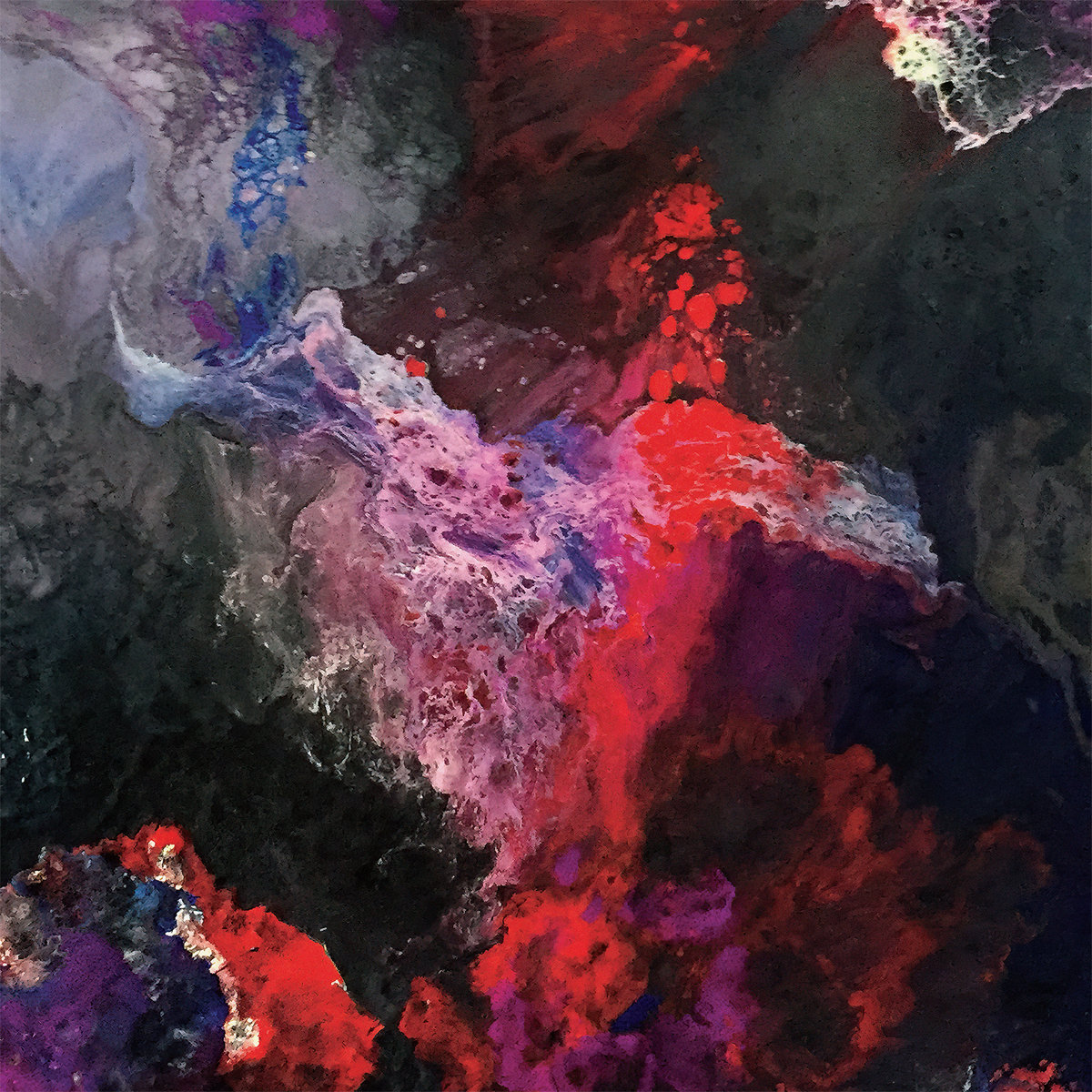 Archangels has an unhurried pace which I find deeply satisfying. John Bence shapes electronics, voice, piano, percussion and orchestration into dense and haunting forms, and although he creates some dynamic and challenging sounds, he never forgets that human ears need melodies and tunes. The spiritual concerns underpinning this creation also make it a good stepping off point to investigate and learn about a variety of concepts which have occupied people throughout human history.
Archangels has an unhurried pace which I find deeply satisfying. John Bence shapes electronics, voice, piano, percussion and orchestration into dense and haunting forms, and although he creates some dynamic and challenging sounds, he never forgets that human ears need melodies and tunes. The spiritual concerns underpinning this creation also make it a good stepping off point to investigate and learn about a variety of concepts which have occupied people throughout human history. This latest enigmatic find from Arizona's eternally far out and fascinating Was Ist Das? label will be an absolute revelation for anyone who misses Natural Snow Buildings as much as I do. Otherworld is apparently the debut release for this project, but any further details beyond that are non-existent other than the fact that these four pieces were recorded by someone named "Joe" in 2022. While the label's description name-checks a few '70s psych heavy-hitters as reference points in addition to Natural Snow Buildings (Third Ear Band and Popul Vuh), those elements manifest themselves much more subtly, as Otherworld is an oft-transcendent plunge into folk horror-inspired cosmic drone sorcery. That all-encompassing devotion to heavyweight drone majesty is also where Myriad Valley departs from Mehdi and Solange's path, as Joe does not let himself get distracted by any songcraft aspirations, opting instead to focus entirely on crafting massive, sustained psychotropic drones that feel like ancient field recordings from some remote mountain cult hellbent on opening an extra-dimensional portal through sheer vibrational magic.
This latest enigmatic find from Arizona's eternally far out and fascinating Was Ist Das? label will be an absolute revelation for anyone who misses Natural Snow Buildings as much as I do. Otherworld is apparently the debut release for this project, but any further details beyond that are non-existent other than the fact that these four pieces were recorded by someone named "Joe" in 2022. While the label's description name-checks a few '70s psych heavy-hitters as reference points in addition to Natural Snow Buildings (Third Ear Band and Popul Vuh), those elements manifest themselves much more subtly, as Otherworld is an oft-transcendent plunge into folk horror-inspired cosmic drone sorcery. That all-encompassing devotion to heavyweight drone majesty is also where Myriad Valley departs from Mehdi and Solange's path, as Joe does not let himself get distracted by any songcraft aspirations, opting instead to focus entirely on crafting massive, sustained psychotropic drones that feel like ancient field recordings from some remote mountain cult hellbent on opening an extra-dimensional portal through sheer vibrational magic. This quadruple LP boxed set is likely to be an absolute revelation for Laraaji fans, as Numero Group has combined his landmark 1978 debut (Celestial Vibration) with the equivalent of three lost albums recorded around the same time. The albums in question surfaced in 2021 when some acetates from an abandoned storage locker were auctioned off and passed through a flea market and Ebay before being spotted by eagle-eyed college student Jake Fischer, who snapped them up for $114 after recognizing Laraaji's given name (Edward Larry Gordon, the name he was still using at the time of Celestial Vibration's release). Amusingly, even Laraaji himself is a bit mystified by the provenance of these recordings, as the documentation states that they were recorded at a studio in Long Island 200 miles from where the Celestial Vibration sessions took place (ZBS in Fort Edward). While it remains unclear whether the Fort Edward tapes were merely transferred in Long Island or whether these recordings actually originate from a different session altogether in Queens, they are unmistakably Laraaji and they are frequently as good or better than the album that actually got released. Finds like this are exactly why there are Discogs fiends hunting for lost private press New Age music, as the late '70s and early '80s were a golden age for bedroom visionaries who thanklessly explored the cosmos with little hope of ever reaching an audience. Laraaji deserves a particularly special place in that pantheon, as he may have been the most forward-thinking visionary of them all and also took his autoharp to the goddamn streets to expand the consciousness of unwitting strangers.
This quadruple LP boxed set is likely to be an absolute revelation for Laraaji fans, as Numero Group has combined his landmark 1978 debut (Celestial Vibration) with the equivalent of three lost albums recorded around the same time. The albums in question surfaced in 2021 when some acetates from an abandoned storage locker were auctioned off and passed through a flea market and Ebay before being spotted by eagle-eyed college student Jake Fischer, who snapped them up for $114 after recognizing Laraaji's given name (Edward Larry Gordon, the name he was still using at the time of Celestial Vibration's release). Amusingly, even Laraaji himself is a bit mystified by the provenance of these recordings, as the documentation states that they were recorded at a studio in Long Island 200 miles from where the Celestial Vibration sessions took place (ZBS in Fort Edward). While it remains unclear whether the Fort Edward tapes were merely transferred in Long Island or whether these recordings actually originate from a different session altogether in Queens, they are unmistakably Laraaji and they are frequently as good or better than the album that actually got released. Finds like this are exactly why there are Discogs fiends hunting for lost private press New Age music, as the late '70s and early '80s were a golden age for bedroom visionaries who thanklessly explored the cosmos with little hope of ever reaching an audience. Laraaji deserves a particularly special place in that pantheon, as he may have been the most forward-thinking visionary of them all and also took his autoharp to the goddamn streets to expand the consciousness of unwitting strangers.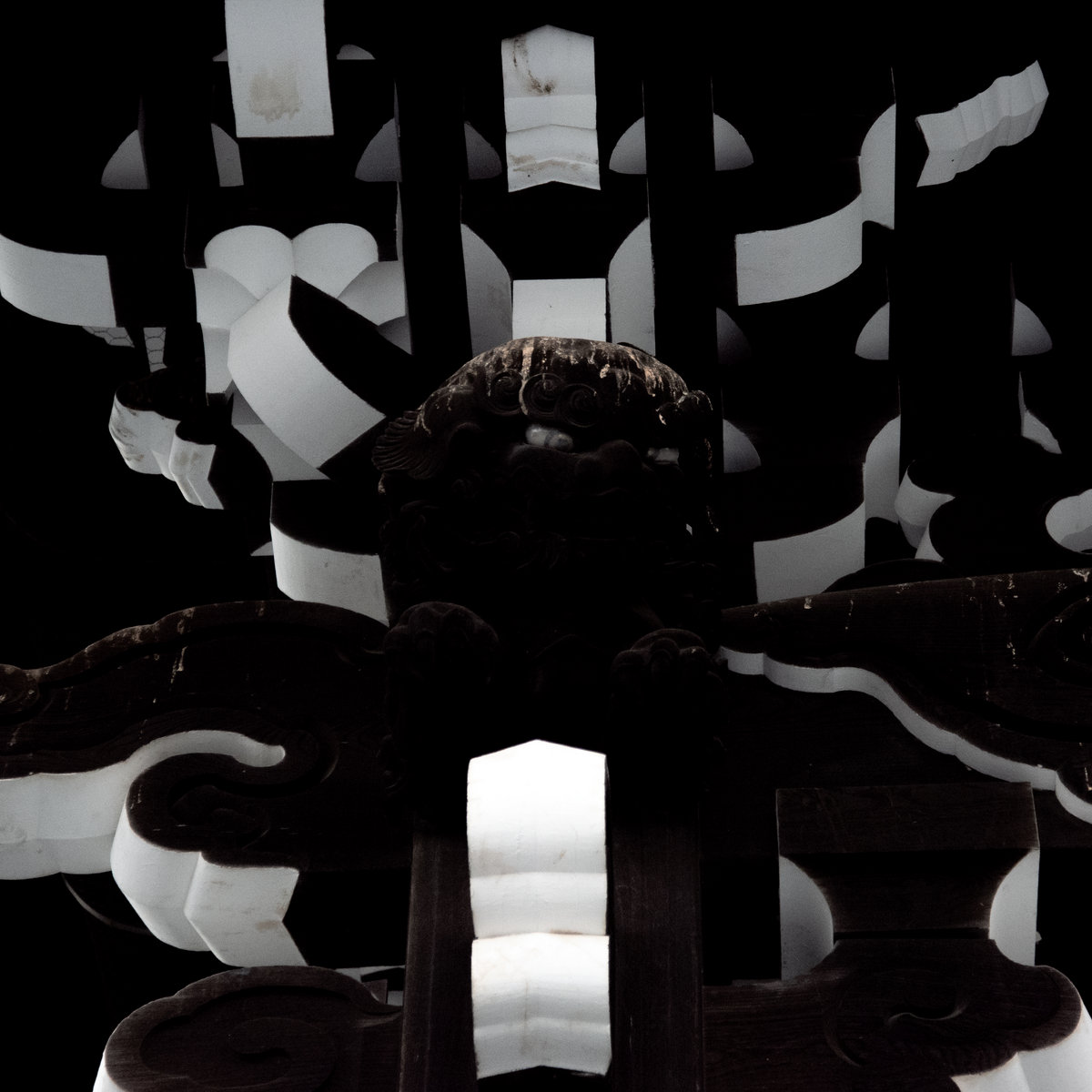 This latest opus from INA GRM's François J. Bonnet is loosely inspired by René Daumal's unfinished philosophical novel Mount Analogue (1952), which recounts an imagined expedition in which explorers hunt for a mountain that can "only be perceived by the application of obscure knowledge." It has been a few decades since I last read Mount Analogue or watched the film it partially inspired (Jodorowsky's Holy Mountain) so my memory of both is blurry at best, yet that did not impair my appreciation for the album, as Bonnet characteristically channeled the theme in his own inventive and compelling way. The gist is that familiar sounds and structures become increasingly rare as the album unfolds, but Bonnet had a deeper philosophical agenda as well, as Shifted in Dreams is a meditation on how our current world is in a "blurred and uncertain state where the reality of signs loses its consistency while, paradoxically, the reality of senses and impressions becomes imperative, obvious." Bonnet is clearly not a fan of that situation, unsurprisingly, and refers to it as "the reality of demons." Putting aside the death of meaning and general existential horror of our times, however, the dissolving of the familiar is wonderfully fertile creative ground for a Kassel Jaeger album, as Bonnet is exceptionally good at layered and evocative sound design. This is a beautifully crafted headphone album (but probably only for those armed with the obscure knowledge of how to listen deeply).
This latest opus from INA GRM's François J. Bonnet is loosely inspired by René Daumal's unfinished philosophical novel Mount Analogue (1952), which recounts an imagined expedition in which explorers hunt for a mountain that can "only be perceived by the application of obscure knowledge." It has been a few decades since I last read Mount Analogue or watched the film it partially inspired (Jodorowsky's Holy Mountain) so my memory of both is blurry at best, yet that did not impair my appreciation for the album, as Bonnet characteristically channeled the theme in his own inventive and compelling way. The gist is that familiar sounds and structures become increasingly rare as the album unfolds, but Bonnet had a deeper philosophical agenda as well, as Shifted in Dreams is a meditation on how our current world is in a "blurred and uncertain state where the reality of signs loses its consistency while, paradoxically, the reality of senses and impressions becomes imperative, obvious." Bonnet is clearly not a fan of that situation, unsurprisingly, and refers to it as "the reality of demons." Putting aside the death of meaning and general existential horror of our times, however, the dissolving of the familiar is wonderfully fertile creative ground for a Kassel Jaeger album, as Bonnet is exceptionally good at layered and evocative sound design. This is a beautifully crafted headphone album (but probably only for those armed with the obscure knowledge of how to listen deeply). Written and recorded immediately following 2021's Even if it Takes a Lifetime, Chicago's Anatomy of Habit's newest album is sonically similar, however it does not sound like the second half of a double album. Instead, Black Openings is a stand-alone work that features the same sense of consistency but overall sees the band further refining and expanding their sound, and in this case returning to the bleakness that pervaded their earlier works so brilliantly.
Written and recorded immediately following 2021's Even if it Takes a Lifetime, Chicago's Anatomy of Habit's newest album is sonically similar, however it does not sound like the second half of a double album. Instead, Black Openings is a stand-alone work that features the same sense of consistency but overall sees the band further refining and expanding their sound, and in this case returning to the bleakness that pervaded their earlier works so brilliantly.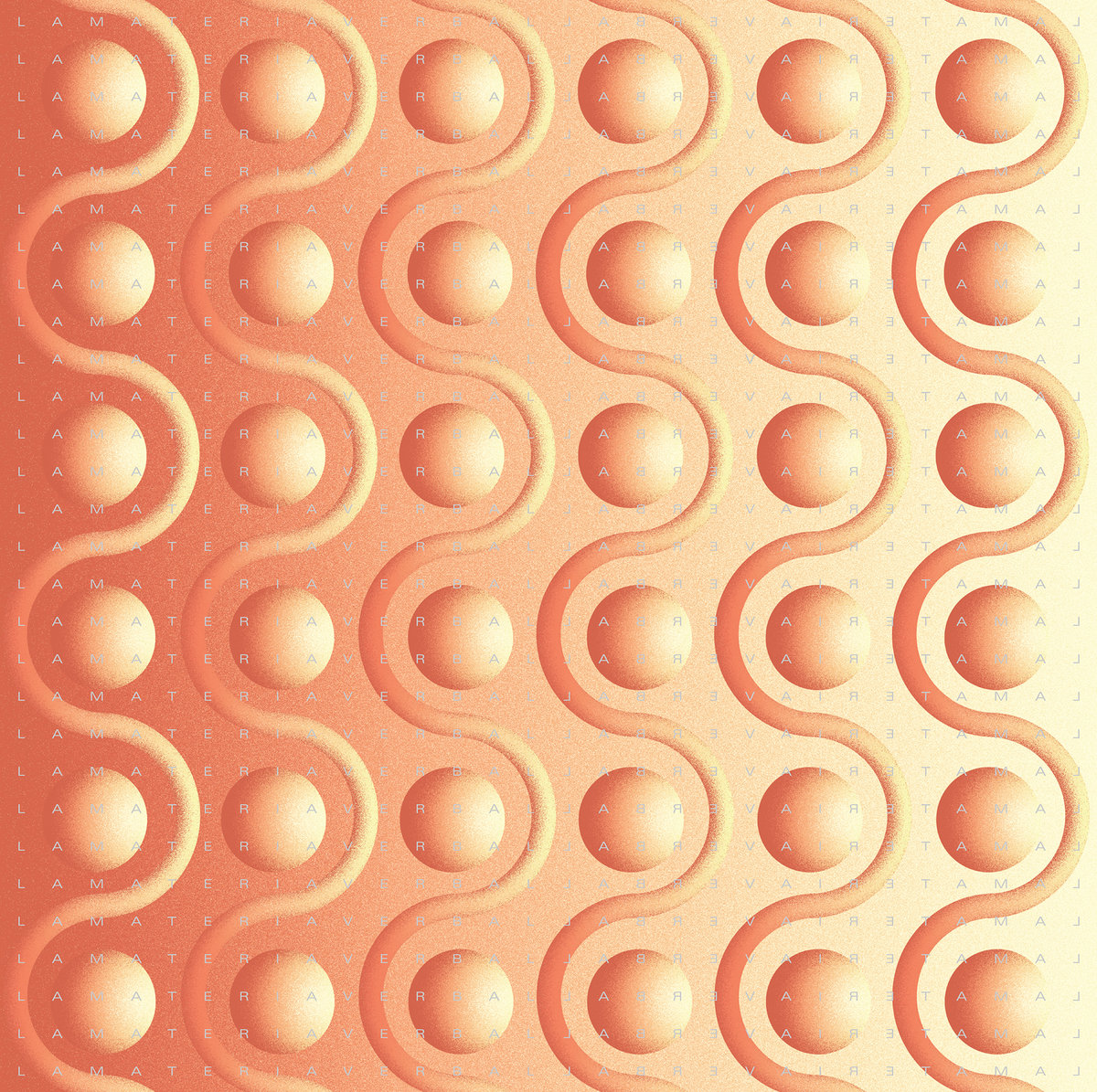 Here is a stunning history of Peruvian sound poems from 1972-2021. The album concentrates on material which has been recorded and edited, and yet showcases the compositional technique and sound organization across the spectrum of the discipline. It's an important and refreshing collection of 22 inherently absurd musical pieces, accompanied by seriously good liner notes.
Here is a stunning history of Peruvian sound poems from 1972-2021. The album concentrates on material which has been recorded and edited, and yet showcases the compositional technique and sound organization across the spectrum of the discipline. It's an important and refreshing collection of 22 inherently absurd musical pieces, accompanied by seriously good liner notes.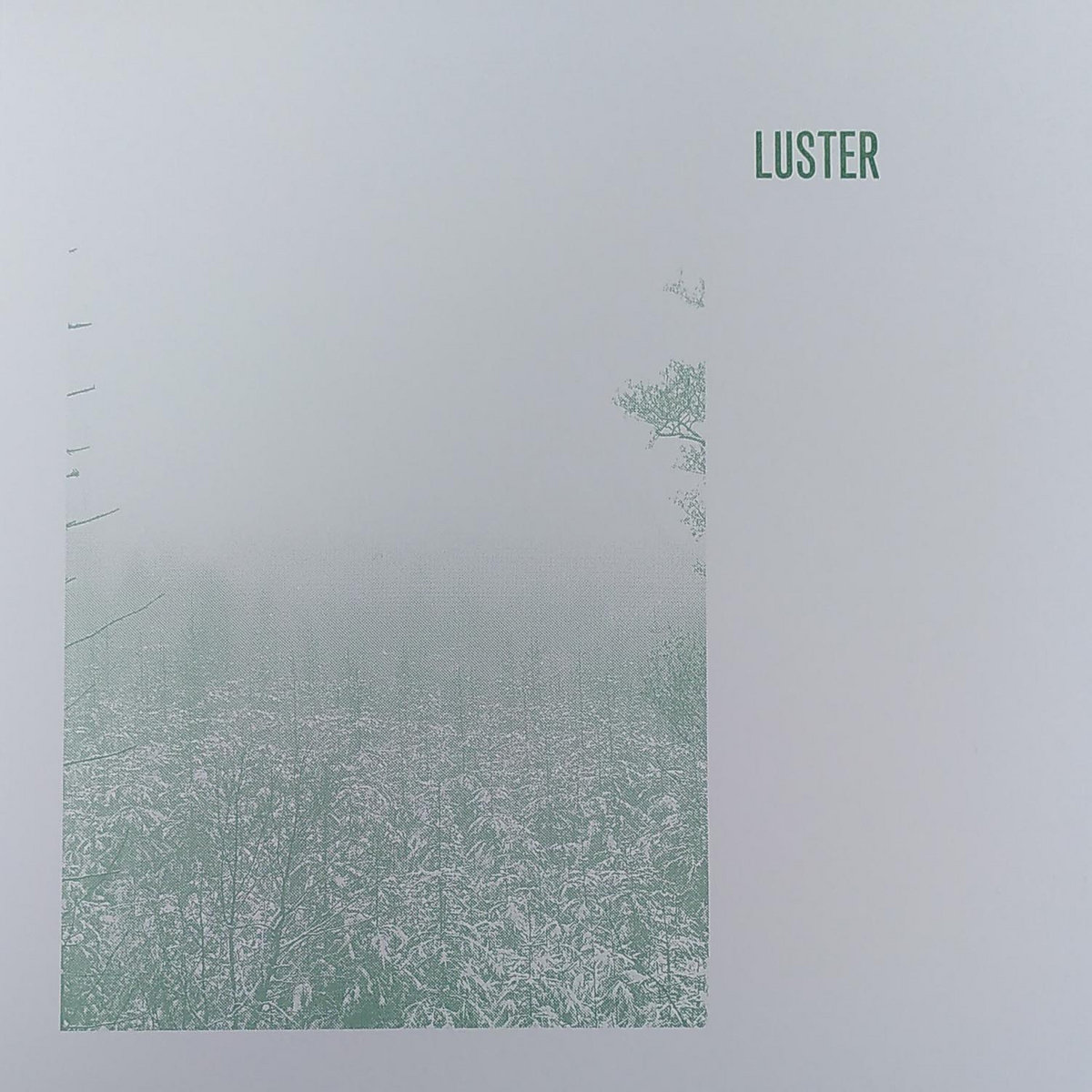 The wordless devotional singing and giddy organ accompaniment of Delphine Dora's Hymnes Apophatiques led me to explore the Morc catalog. Therein I developed an audio crush on Bingo Trappers (who were composing an ode to Mimi Parker a decade ago), discovered Lowered's heartbreaking Music For Empty Rooms, arrived better late than never to an appreciation of the drone folk of both Pifkin and Roxane Métayer, but firstly dived into the sweetly sinister debut album from Luster.
The wordless devotional singing and giddy organ accompaniment of Delphine Dora's Hymnes Apophatiques led me to explore the Morc catalog. Therein I developed an audio crush on Bingo Trappers (who were composing an ode to Mimi Parker a decade ago), discovered Lowered's heartbreaking Music For Empty Rooms, arrived better late than never to an appreciation of the drone folk of both Pifkin and Roxane Métayer, but firstly dived into the sweetly sinister debut album from Luster. This stellar collaboration springs from a conversation that Scott Morgan and Lawrence English once had about especially "rich sources" for electronic music composition. Unsurprisingly, that discussion led to the inspiration behind much of English's recent solo work: a 19th century pipe organ housed at the Old Museum in his native Brisbane. Colours Of Air is often quite different from English's drone-inspired solo fare, however, as he and Morgan sifted "the swells and drones of the organ for every shivering shade of radiance" and found "flickering infinities in ancient configurations of wind, brass, stone, and dust." In less poetic terms, that means that these eight color-themed pieces "reduce and expand" English's pipe organ recordings into a hallucinatory fantasia enhanced by Morgan's talents for elegantly textured sound design and submerged, slow-motion dub techno pulses. Obviously, promising-sounding collaborations between electronic music luminaries are a dime a dozen, but this is one of the rare ones that feels like an inspired departure from expected terrain and something greater than the sum of its parts. While I suspect my perception is at least partially colored by the album description and the timeless majesty and religious nature of old pipe organs, the best moments of this album beautifully evoke what I would imagine light filtering through stained glass would sound like if I had been blessed with synesthesia.
This stellar collaboration springs from a conversation that Scott Morgan and Lawrence English once had about especially "rich sources" for electronic music composition. Unsurprisingly, that discussion led to the inspiration behind much of English's recent solo work: a 19th century pipe organ housed at the Old Museum in his native Brisbane. Colours Of Air is often quite different from English's drone-inspired solo fare, however, as he and Morgan sifted "the swells and drones of the organ for every shivering shade of radiance" and found "flickering infinities in ancient configurations of wind, brass, stone, and dust." In less poetic terms, that means that these eight color-themed pieces "reduce and expand" English's pipe organ recordings into a hallucinatory fantasia enhanced by Morgan's talents for elegantly textured sound design and submerged, slow-motion dub techno pulses. Obviously, promising-sounding collaborations between electronic music luminaries are a dime a dozen, but this is one of the rare ones that feels like an inspired departure from expected terrain and something greater than the sum of its parts. While I suspect my perception is at least partially colored by the album description and the timeless majesty and religious nature of old pipe organs, the best moments of this album beautifully evoke what I would imagine light filtering through stained glass would sound like if I had been blessed with synesthesia.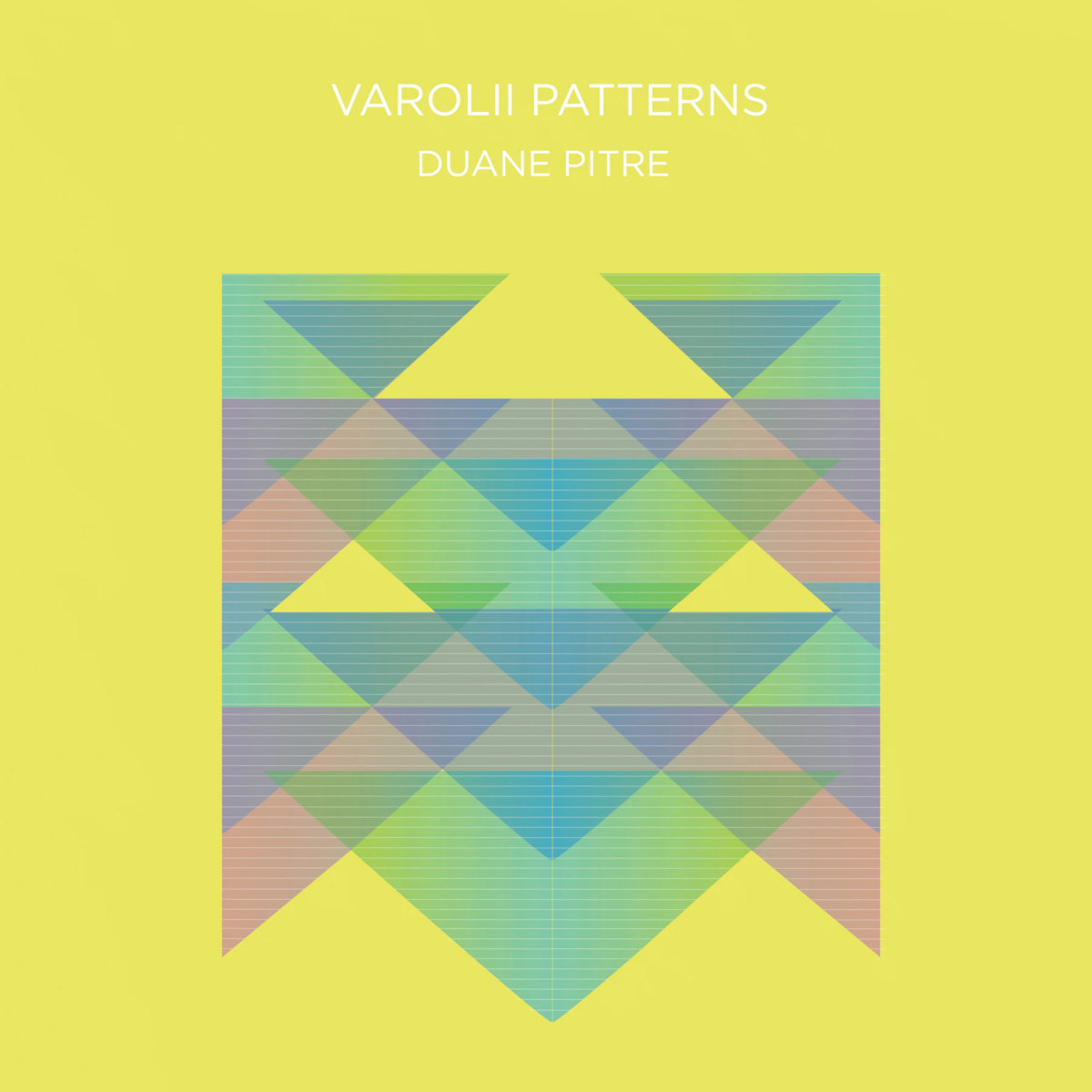 This latest cassette/digital release from composer/Just Intonation enthusiast Duane Pitre has its origins in a piece written for the brass ensemble Zinc & Copper a few years back (“Pons”), as he stumbled upon an intriguing process while “experimenting with microtonal electronics.” While those experiments did not ultimately make it into the final piece, they later surfaced as one element within 2021’s Omniscient Voices. That was just a fraction of the material recorded using that process, however, as Pitre had repeated it several dozen times and found himself with a considerable backlog of compelling material that was not an ideal fit for Omniscient Voices. Naturally, that led to the release of Varolii Patterns, which collects six of those process experiments that Pitre deemed strong enough to stand on their own both individually and as an album-length statement. The result is a unique and hypnotic suite of Just Intonation synth pieces that make magic from shifting patterns that “slip in and out of rhythmic focus.”
This latest cassette/digital release from composer/Just Intonation enthusiast Duane Pitre has its origins in a piece written for the brass ensemble Zinc & Copper a few years back (“Pons”), as he stumbled upon an intriguing process while “experimenting with microtonal electronics.” While those experiments did not ultimately make it into the final piece, they later surfaced as one element within 2021’s Omniscient Voices. That was just a fraction of the material recorded using that process, however, as Pitre had repeated it several dozen times and found himself with a considerable backlog of compelling material that was not an ideal fit for Omniscient Voices. Naturally, that led to the release of Varolii Patterns, which collects six of those process experiments that Pitre deemed strong enough to stand on their own both individually and as an album-length statement. The result is a unique and hypnotic suite of Just Intonation synth pieces that make magic from shifting patterns that “slip in and out of rhythmic focus.”
